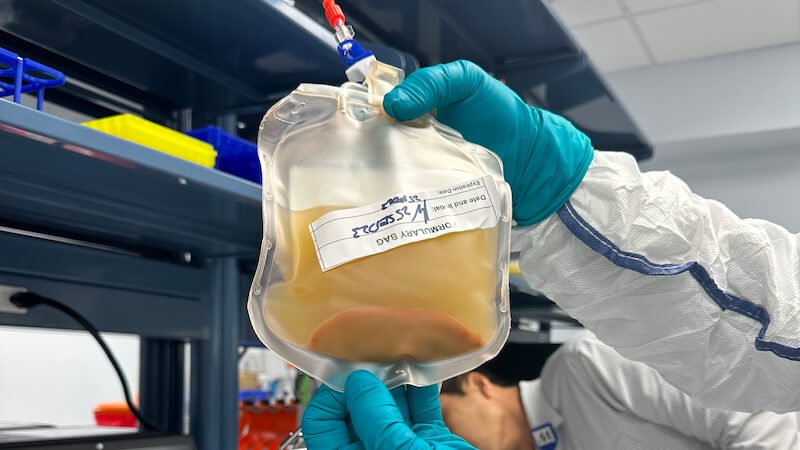
Researchers have succeeded in developing a valid alternative to organ transplantation by culturing livers in humans. This could save thousands of lives.
Thanks to the continuous development of medical devices and methods, we already have a wide range of options at our disposal. But there are still many areas in which people wait in vain for their rescue every day. One example is organ transplantation. If no suitable donor is available, time will decide the actual outcome. This may change in the future.
Scientists are already researching the cultivation of organs in pigs. Now a research team is trying for the first time to grow a new, smaller liver inside a human. The biotechnology company LyGenesis recently announced that the first volunteer has received an injection of donor cells.
The goal is to convert a lymph node into a secondary liver. The procedure took place on March 25, 2024 in Houston and is part of a clinical trial testing the experimental treatment on twelve adults with end-stage liver disease.
Human liver cultivation could save thousands of lives in the US alone
Patients in this advanced stage of the disease usually require a liver transplant. But donor organs are often in short supply. LyGenesis hopes to avoid the need for a transplant by growing healthy liver tissue. About 10,000 people in the United States are on the waiting list for a liver transplant. Many wait months or years for an organ.
LyGenesis uses donated livers that are not immediately suitable for transplant. The company isolates and purifies hepatocytes (the most common cells in the liver) and collects them in an IV bag. Medical staff then injects these cells into the patient's body, choosing a lymph node that is close enough to the liver to benefit from the repair signals from the damaged liver.
“Replacement liver” takes over important functions of the damaged liver
The approach is based on early experiments by Eric Lagasse, a professor of pathology at the University of Pittsburgh. He found that when he injected healthy liver cells into the lymph nodes of mice, the cells thrived and formed a second, smaller liver that then took over the functions that the defective liver could not perform.
The treatment could offer a life-saving alternative to liver transplantation for some patients. In addition, liver diseases could be treated better in the long term and the chances of success increased. The wait for a donor organ would then be over for many patients.
Also interesting:
Source: https://www.basicthinking.de/blog/2024/06/22/leberzuechtung-im-menschen/


